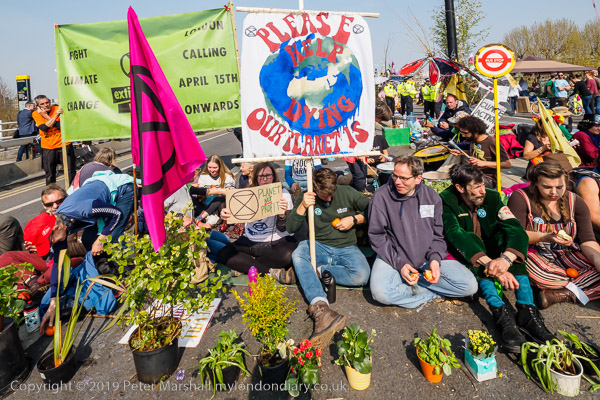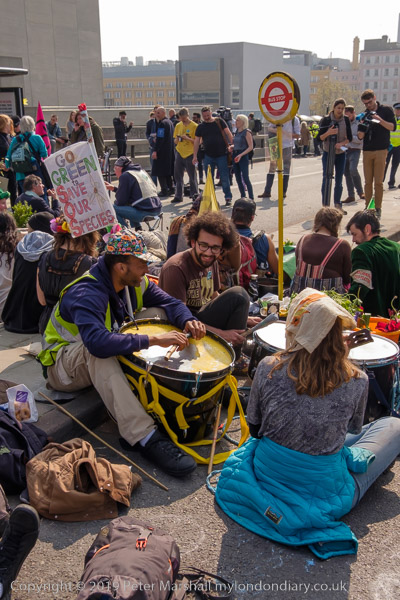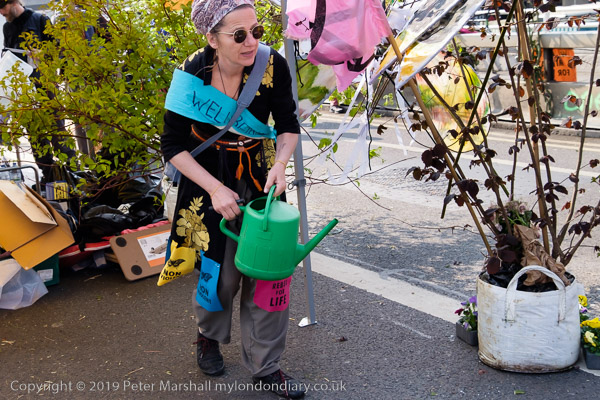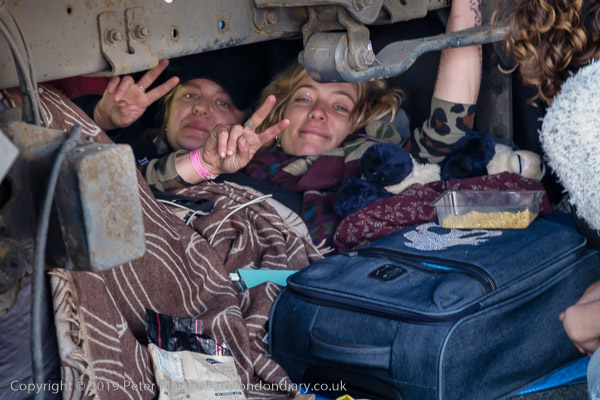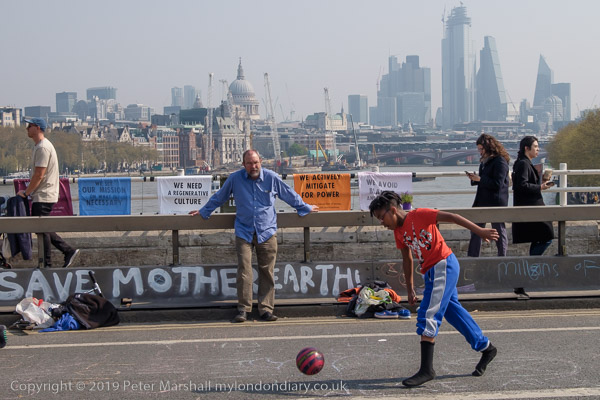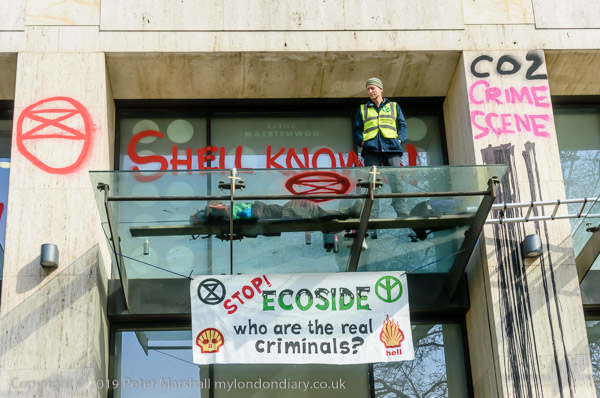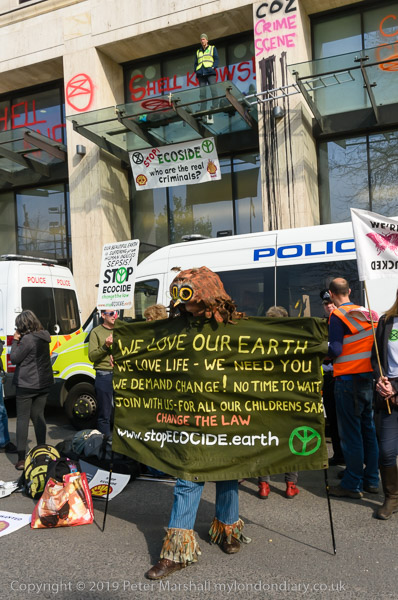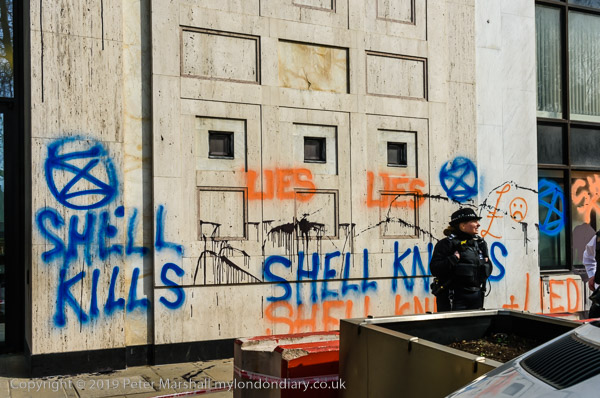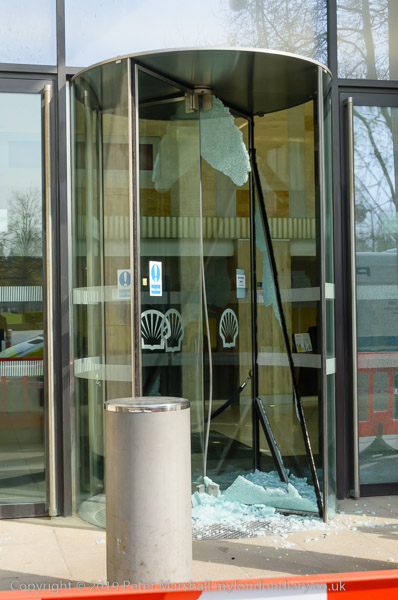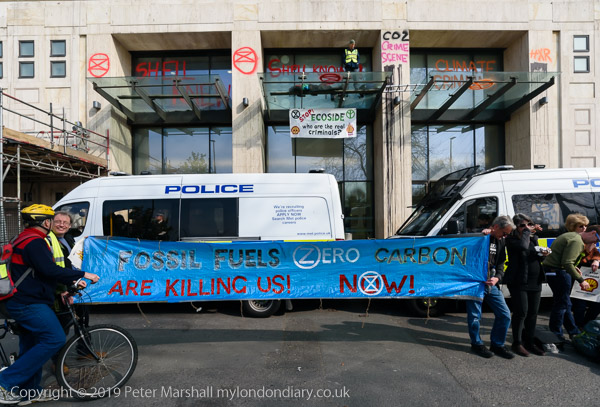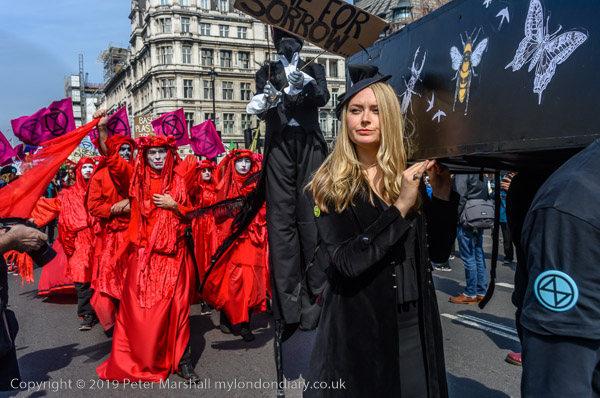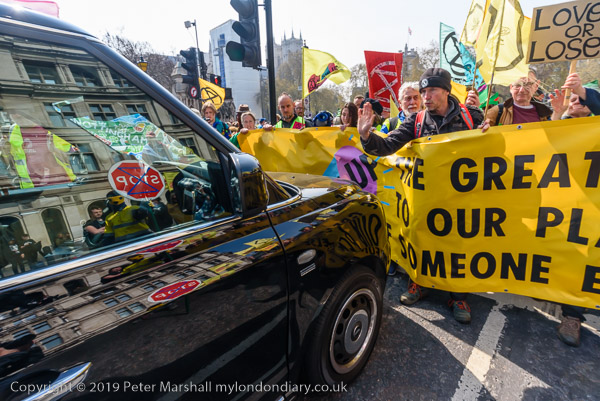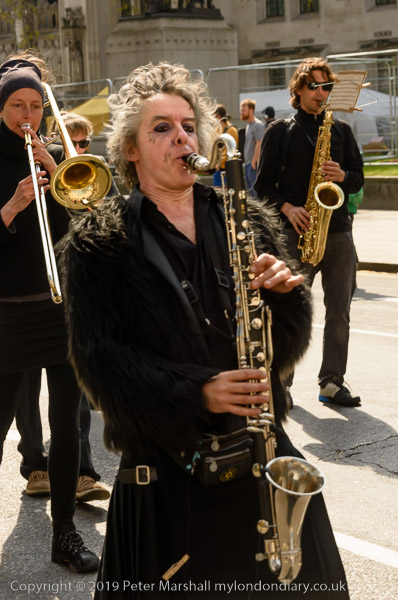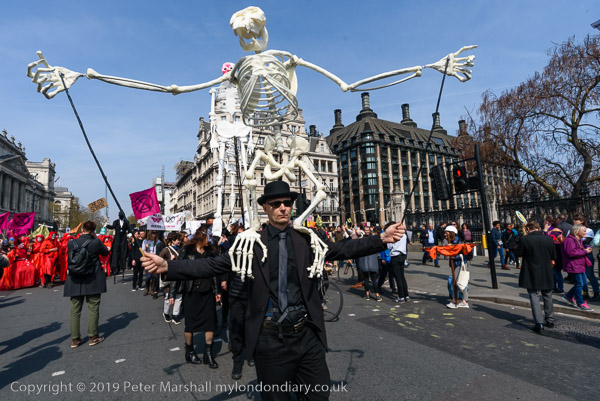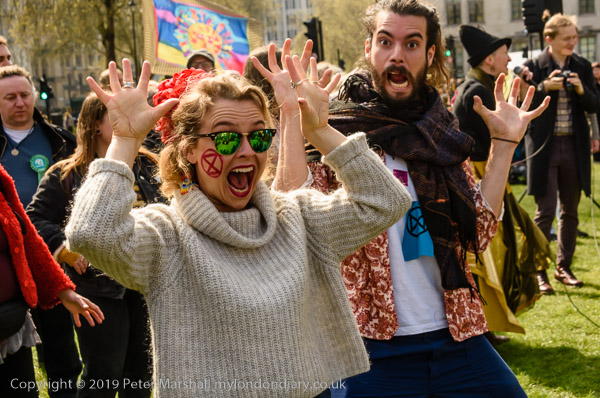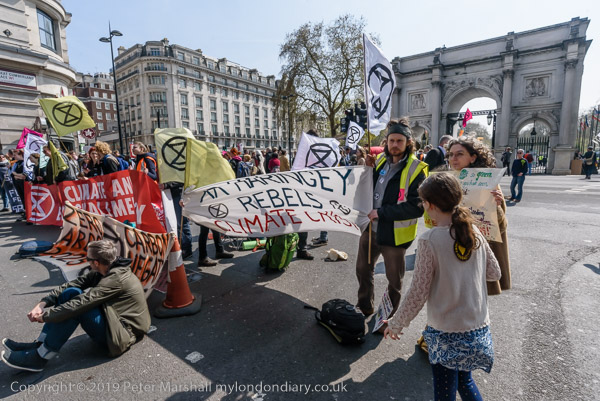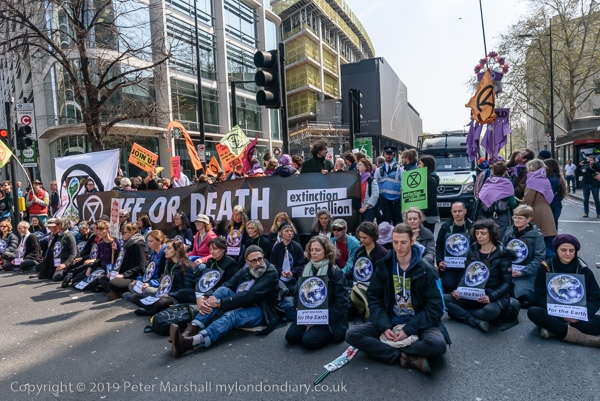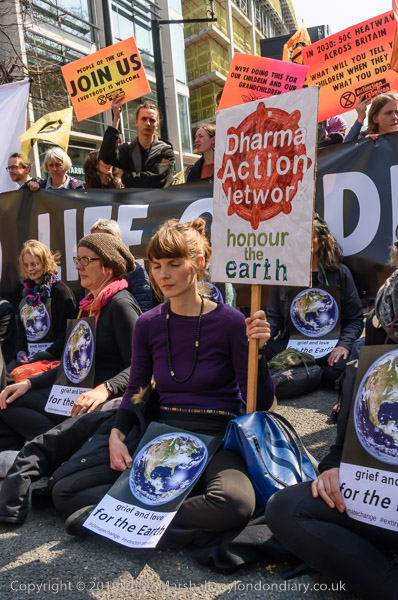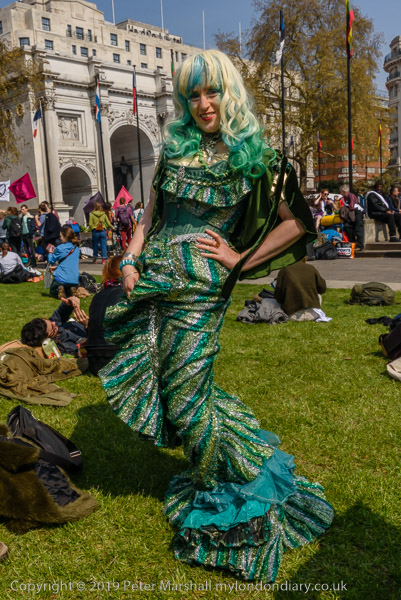You may like to view the 30 minute video in which Tony & Chelsea Northrup discuss what they say are 12 common myths about digital photography, which was recently posted on Petapixel.
But to be frank, I find their presentation pretty nausea-inducing, and even scrolling through on fast-forward with the occasional pause to listen to the answers seemed like 10 minutes of my life wasted. There are some things video is an appropriate format for, but this was just not one of them.
So, what were the myths? I’ll paraphrase, and give my own answers which sometimes differ slightly from Tony Northrup.
Q: Should you fully discharge batteries to avoid a memory effect?
A: Cameras now use lithium batteries and full discharge should be avoided.
Q: Will your memory card be corrupted by deleting pictures in camera?
A: No.
Q: Will using a UV filter improve image quality?
A: No. Adding extra glass may even very slightly degrade IQ, though seldom noticeably. But it can protect the front lens element in tough conditions.
Q: Do higher megapixels sensors have greater noise?
A: Not necessarily, although very high megapixel small sensors on some phones do.
Q: Do medium format lenses give better “compression”?
A: This is just marketing talk. In general larger formats have more limited depth of field which may give a different look to the image, but at apertures that give similar depth of field the pictures will be identical so far as “compression” is concerned. Of course larger sensors generally have more megapixels and lower noise and their larger pixels can give them greater dynamic range. If you want to make giant prints a MF camera will be at an advantage
Q: Does your PC do a better job of Raw processing that your camera?
A: The PC – and viewing your image larger allows you much more control over how Raw processing is carried out. But modern cameras do a very good job in producing jpegs.
Q: Can you edit jpegs?
A: Well, of course you can, and Lightroom in particular seems to do it very well. But avoid repeated saving and later reloading to re-edit them as every jpeg save loses information.
Q: Do you need to turn off Image Stabilisation when using your camera on a tripod?
A: You don’t need IS when your camera is on a tripod, but it may well not make any difference. But it’s probably best to read what the camera manual says and follow its advice.
Q: Are lenses at their sharpest at f8?
A: Probably not. A better rough guide suggests two stops down from wide open, but a stop or two either way is almost never critical. Never be afraid to stop down more if you need greater depth of field or open up if you need a faster shutter speed. Remember many great pictures are not particularly sharp and the great majority of sharp images are not worth a second look.
Q: Is manual focus more accurate than auto-focus?
A: Manual focus is as sharp as you make it, but it is difficult to get focus more accurate than with modern autofocus systems, though you can match this using ‘focus peaking’. Manual focus does have the advantage that the photographer is aware exactly where in the subject focus is – all too easy for autofocus to be somewhere different.
Q: Do Canon cameras give the best colour?
A: Probably only so far as Canon’s marketing guys are concerned. If you shoot RAW, then you (and your raw processing software) make the choices on colour. I’ve used Fuji, Nikon, Olympus and Canon digital cameras. All can produce great colour from RAW files. I usually prefer Nikon, or, if I want a more vibrant look, Olympus, but the others are fine.
The Northrups have carried out some experiments with large groups of people and colour images from various cameras and you can find more details on their site. But for me it’s only my opinion that matters, and I think that which gives the best colour depends on the subject and its colours – it can be Fuji, Olympus or Nikon, but seldom Canon.
Q: What causes memory card faults?
A: A few years ago counterfeit cards were common, and the packaging was good enough at times to fool even reputable suppliers. I was supplied with some and they immediately gave problems. I’ve also bought cards direct from reputable manufacturers which turned out to be not entirely compatable with my camera – and again this showed up fairly quickly. Both times I got replacements without a problem. I think that both these things are now much less common.
Card faults resulting in image loss are now uncommon. But it makes sense to take care never to remove a card while it is being written to and not to get the card contacts get dirty. But as the video says everything does go wrong sometimes – fortunately not very often.
Reading this will have saved around 25 minutes of your life and imparted probably slightly better advice than that in the Tony & Chelsea Northrup video. But I’m sure their many fans will still want to watch it, though I hope if you are reading this you will find better things to do with your time. Why not go out and take some pictures?
All photographs on this and my other sites, unless otherwise stated, are taken by and copyright of Peter Marshall, and are available for reproduction or can be bought as prints.
There are no adverts on this site and it receives no sponsorship, and I like to keep it that way. But it does take a considerable amount of my time and thought, and if you enjoy reading it, please share on social media.
And small donations via Paypal – perhaps the cost of a beer – would be appreciated.
